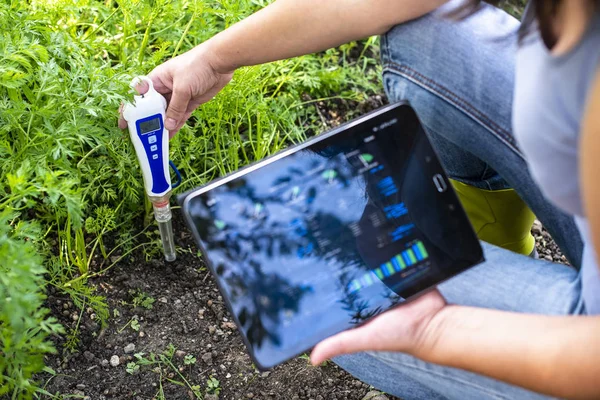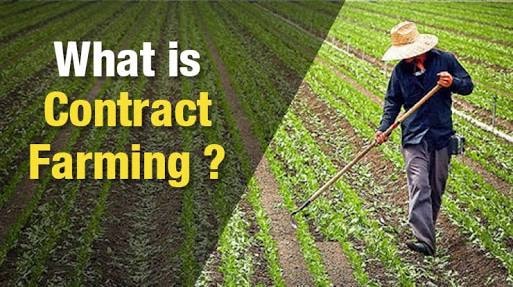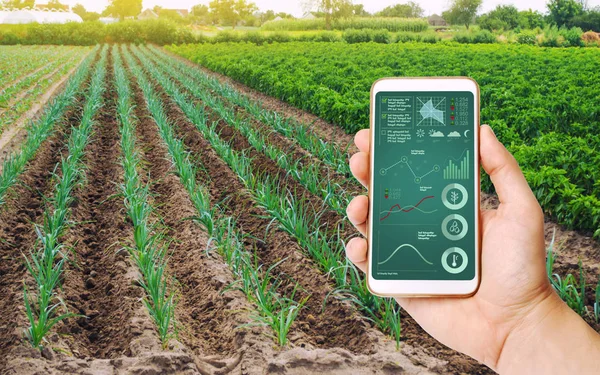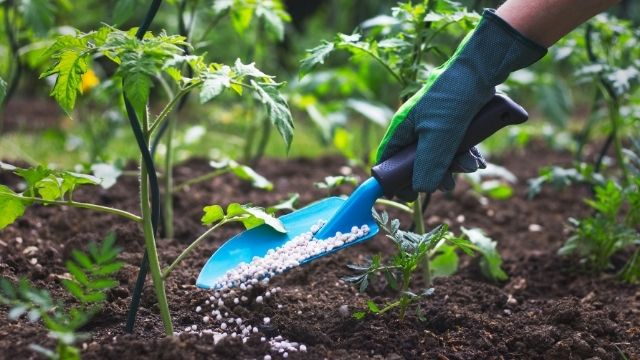If you’re serious about gardening or urban farming, there’s one thing that will make or break your success: soil health. Whether you’re growing vegetables on a large plot or tending to a few plants on your balcony, understanding and improving your soil is the key to thriving plants and bumper harvests. But how do you manage soil health, and why does it matter so much?
In this post, we’ll dive into the basics of soil health management, easy ways to improve it, and why it’s crucial for successful home gardening. Plus, if you stick around, we’ll share some useful tools and products to make the job easier (hint: affiliate links to the best gardening products!).
1. Why Soil Health Matters for Your Garden
First off, let’s get this clear: healthy soil equals healthy plants. Think of soil as the foundation for your garden. If the foundation is strong, everything else thrives. If it’s weak, you’ll face constant issues—poor growth, low yields, or plants that just don’t look right. Soil supplies plants with essential nutrients, water, and the right structure to grow. When the soil is well-balanced and full of life, your plants will flourish.
On the flip side, poor soil health can lead to all kinds of problems like nutrient deficiencies, compacted roots, and even pest infestations. That’s why it’s so important to manage your soil from the start. The great news is that improving soil health doesn’t have to be difficult or expensive. With the right knowledge and a few key products, you can transform even poor soil into a rich, fertile growing medium.
And don’t worry if you’re gardening in an urban setting like an apartment or townhouse. The principles of soil health apply whether you’re growing directly in the ground, using raised beds, or even in containers.
2. What Makes Soil “Healthy”? Key Indicators to Watch
Before you start improving your soil, you need to know what healthy soil looks like. The following are some signs of good soil health:
- Good Drainage: Water should be able to move freely through the soil without pooling on the surface.
- Balanced pH: Most plants prefer soil with a neutral pH (around 6-7). You can test your soil’s pH with an affordable soil test kit (affiliate link to top-rated soil testing kits).
- Rich in Organic Matter: Organic matter (like compost) provides essential nutrients and improves soil structure.
- Presence of Earthworms: Earthworms are a great sign your soil is healthy. They help aerate the soil and improve its fertility.
- No Compaction: Loose, crumbly soil allows roots to penetrate easily, promoting healthier plant growth.
Now that you know what to look for, let’s explore how to get your soil into top shape.
3. Easy Ways to Improve Soil Health
Improving your soil doesn’t need to be complicated or expensive. With these simple tips, you can turn any type of soil into a thriving ecosystem for your plants:
a. Composting: Turn Your Kitchen Waste Into Gold
One of the best ways to improve soil health is by adding compost. Compost enriches your soil with organic matter, improving its structure, moisture retention, and nutrient content. You can easily start composting at home by recycling kitchen scraps like vegetable peelings, coffee grounds, and eggshells.
If you’re short on time or space, you can buy pre-made compost. Whether you want to DIY or purchase, adding compost is a no-brainer for anyone serious about growing healthy plants.
b. Add Organic Fertilizers for Nutrient Boosts
Sometimes, your soil might lack specific nutrients that your plants need to thrive. Organic fertilizers like bone meal, fish emulsion, or worm castings can give your soil a nutrient boost. These fertilizers are gentle on your plants and work in harmony with the natural ecosystem of your garden.
Pro tip: Always follow the recommended application instructions for fertilizers. Over-fertilizing can do more harm than good by causing nutrient imbalances.
c. Mulching: The Secret Weapon for Moisture and Nutrients
Mulching is another simple but powerful technique to improve soil health. Mulch, made from organic materials like straw, grass clippings, or bark, covers the soil and helps retain moisture, prevent weeds, and add nutrients as it breaks down.
When you lay mulch around your plants, you’re protecting the soil from drying out too quickly and keeping the weeds at bay, which means less work for you! You can either use your own organic material or buy affordable, high-quality mulch online.
d. Use Cover Crops to Rebuild Soil Health
If you have space, growing cover crops like clover or legumes can do wonders for your soil. These plants are called “green manures” because they add nitrogen and organic matter back into the soil when turned over. They’re especially useful if you’re preparing soil for the next growing season or need a natural way to enrich tired garden beds.
Don’t have time to grow cover crops? you can consider synthetic mulches.
4. The Role of Soil Microbes in a Thriving Garden
Healthy soil is alive with beneficial microbes, bacteria, and fungi. These tiny organisms break down organic material, making nutrients available to your plants. When you feed the soil with organic matter (like compost), you’re also feeding these helpful microbes.
To boost microbial life in your garden, consider using products like mycorrhizal fungi or compost tea. These natural soil amendments can increase the population of beneficial microbes and improve nutrient uptake by your plants.
5. Testing and Monitoring Soil Health
The best way to know the condition of your soil is by testing it. Soil test kits are easy to use and affordable, and they give you valuable insights into your soil’s nutrient content, pH, and overall health. By testing your soil, you can tailor your fertilization and amendment strategy to what your plants actually need, preventing waste and ensuring optimal growth.
Check out these top-rated soil test kits for home gardeners. They are an essential tool for anyone serious about soil health management.
6. Sustainable Practices for Long-Term Soil Health
Maintaining healthy soil isn’t just about short-term fixes. It’s about adopting sustainable practices that ensure your garden thrives for years to come. Here are a few sustainable techniques you can incorporate:
- Avoid Tilling: Tilling can destroy soil structure and disrupt microbial life. Try no-till or low-till gardening methods instead.
- Crop Rotation: Rotate your crops each season to prevent nutrient depletion and break the cycle of pests and diseases.
- Avoid Chemical Pesticides and Herbicides: These can kill beneficial organisms and harm soil health. Stick to organic, natural pest control methods.
By focusing on sustainability, you’re not only growing healthier plants but also contributing to a healthier environment.
Conclusion: Take Control of Your Garden’s Success with Healthy Soil
Your garden’s success starts with the soil beneath your feet. Whether you’re growing in containers on a small balcony or have a large yard to work with, improving soil health is the best investment you can make for your plants. From composting and mulching to using organic fertilizers and microbial boosters, there are plenty of simple, cost-effective ways to improve your soil—and we’ve linked to some great products that can help you get started today.
Remember, the more attention you give to your soil, the better your plants will grow. So, why wait? Start improving your soil health today and watch your garden thrive!
Recommended Products to Get Started:
- Top-rated compost bins for beginners
- Organic fertilizers to boost plant growth
- Mulching products for moisture control
- Soil test kits to monitor soil health



